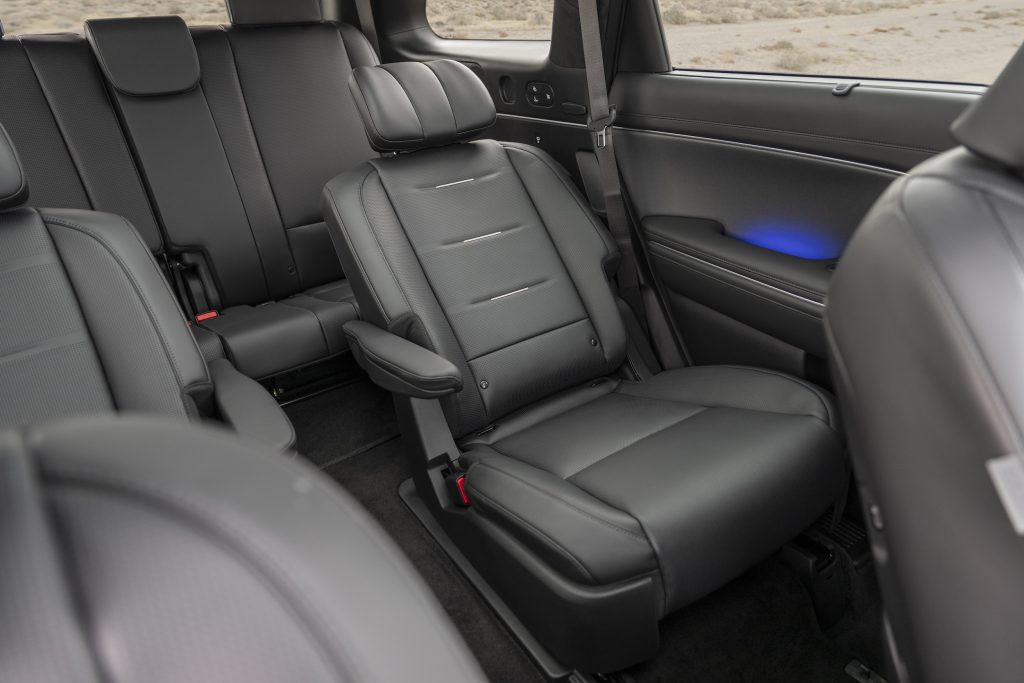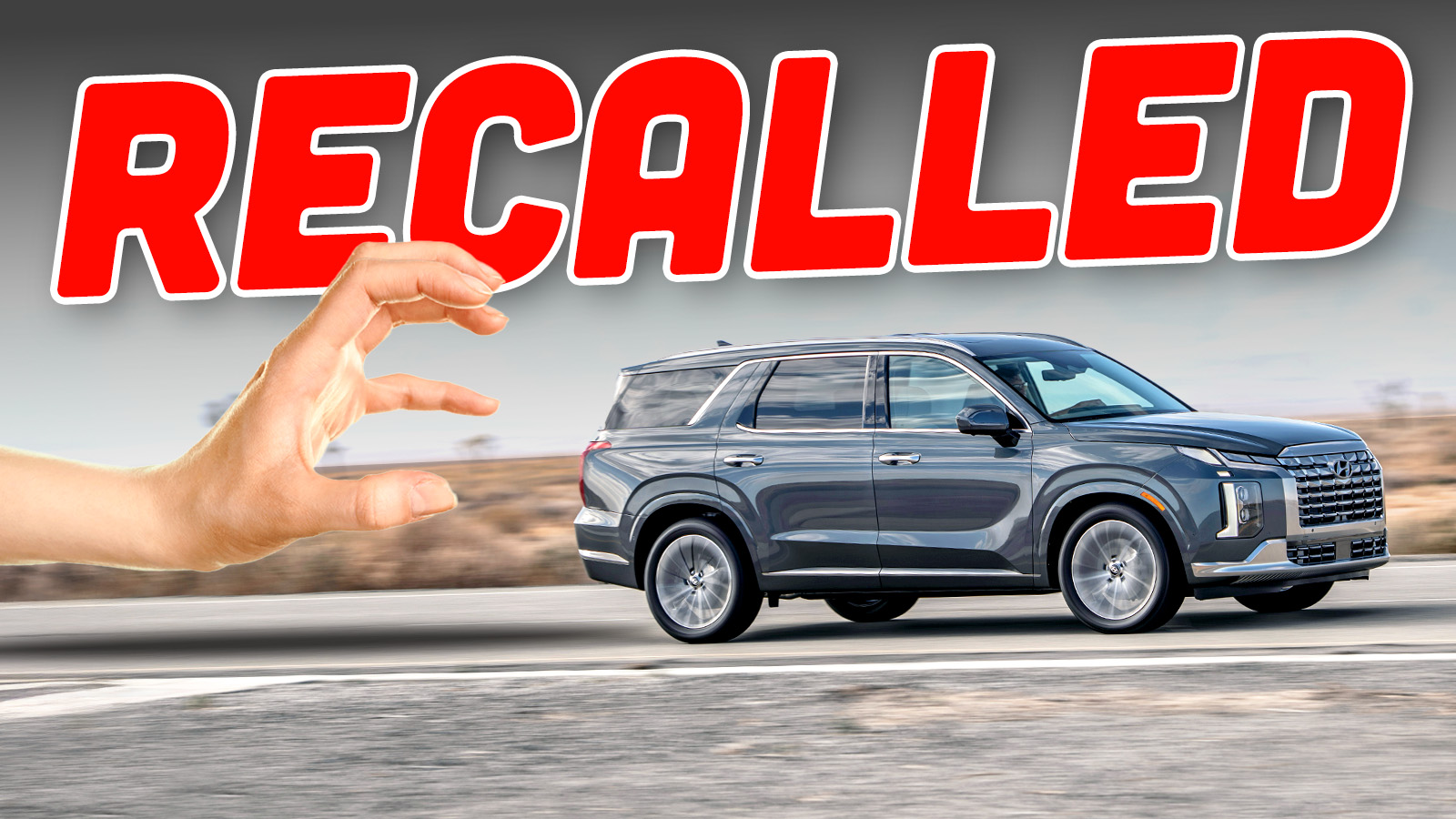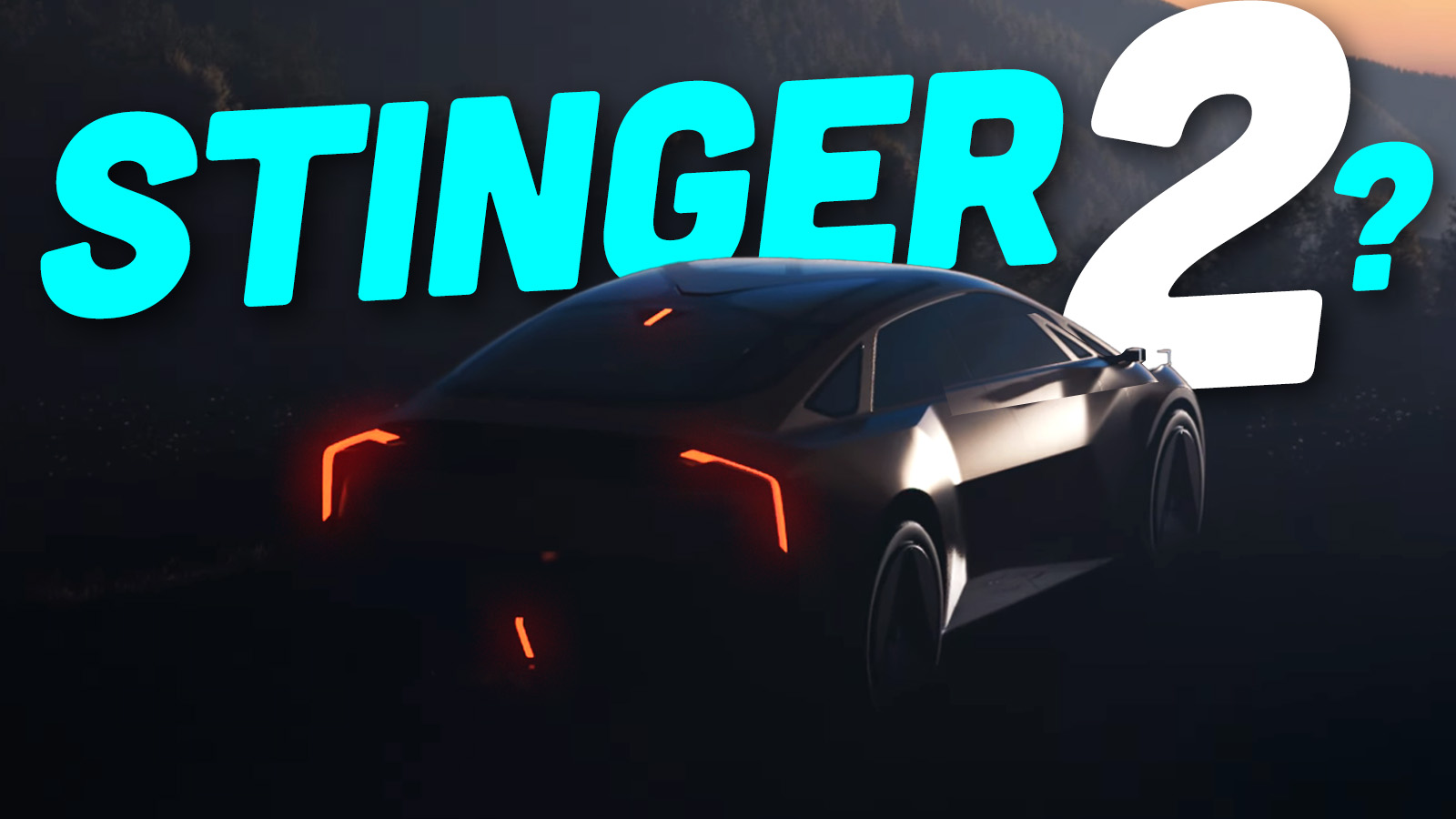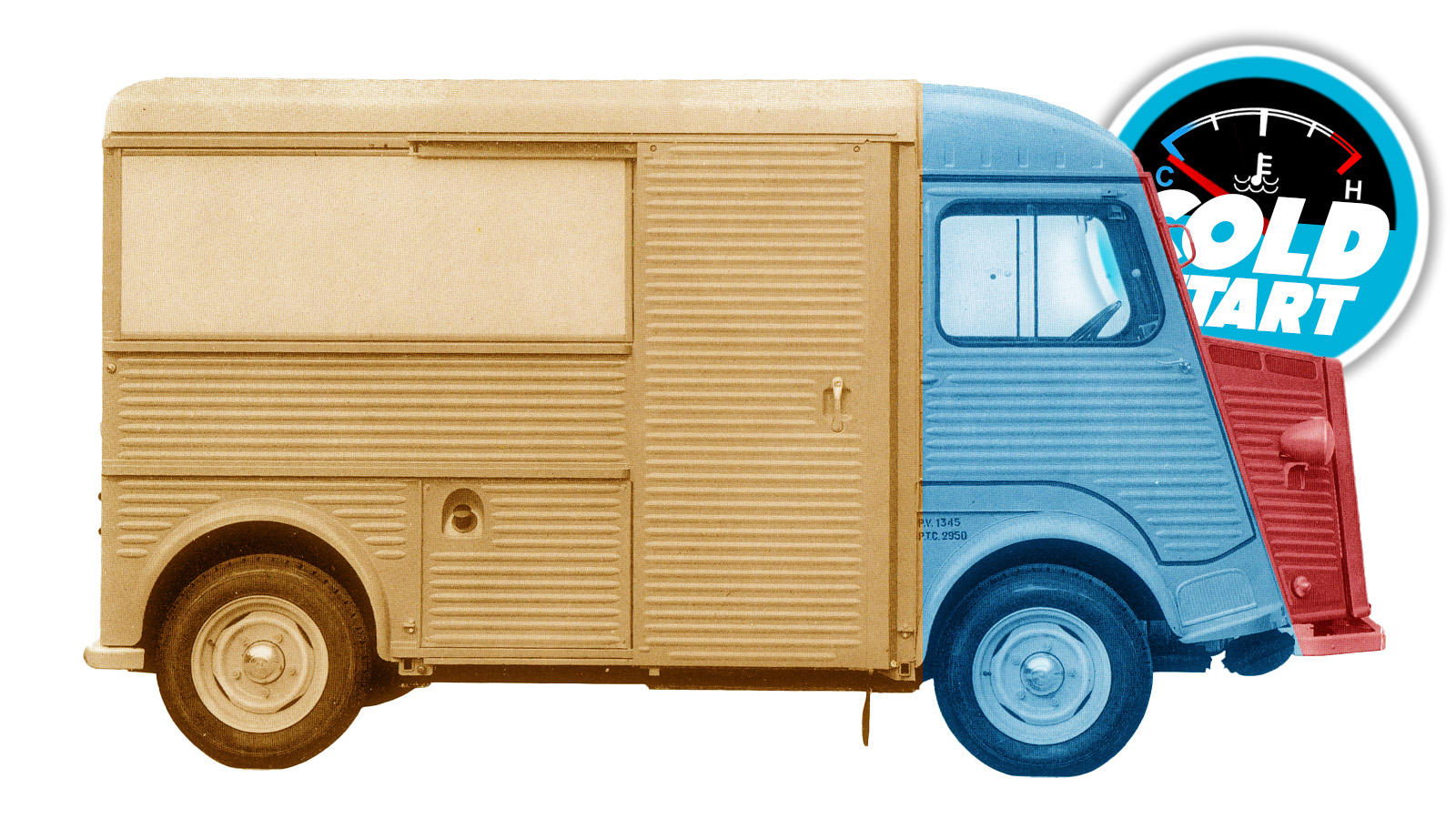The Hyundai Palisade is a popular vehicle. The Korean automaker has sold tens of thousands every year since its introduction in 2019. If you drove into work this morning, there’s a good chance you saw one on the road, or were driving one yourself. If you did see a Palisade, it’s very likely subject to a recall issued by the manufacturer last week.
According to a recall report published by the NHTSA on September 11, seatbelt latches found in the first and second rows of the big-boy three-row SUV might not latch properly, prompting Hyundai to recall every Palisade produced between April 10, 2019 and June 16, 2025, a total of 568,580 potentially affected cars.
Going by sales figures published by GoodCarBadCar, the recall seems to cover nearly every single Palisade sold in the United States so far. The problem, according to Hyundai, comes from a supplier—ZF Lifetec out of Washington, Michigan—that provided parts that didn’t play nice with the rest of the seatbelt mechanism. From the report:
The subject vehicles are equipped with seat belt buckle assemblies in the front row and second row outer seating positions that may contain out-of-specification components manufactured by the supplier. These components can cause interference within the latch channel, potentially increasing friction, particularly under cold ambient temperatures. Improperly produced seat belt buckles, combined with slow insertion of the seat belt tongue plate, may prevent the seat belt buckle from fully latching.

I usually know a seatbelt is latched when I hear a “click” sound from the buckle mechanism. The scary part about this problem is that even when the buckle doesn’t truly latch, there’s still some sort of “click” sound coming from the buckle. The report explains how you can identify when the issue occurs:
Customers may notice a lighter than normal audible “click” during the fastening process and/or a recessed push button on the buckle housing. Additionally, if the seatbelt becomes unbuckled, the Palisade is equipped with visual and auditory notifications for all seating positions within the vehicle.
Hyundai hasn’t issued a do-not-drive order for this recall, as it suspects only around one percent of Palisades (roughly 5,600 vehicles) are actually affected. The company has received 546 reports of belts not latching properly, but none have involved any crashes or injuries. The auatomaker’s advice is to do the thing I do whenever I get into any of my old, tired shitboxes: A good old-fashioned tug on the belt. From the report:
Owners can continue driving these vehicles; however, Hyundai advises occupants to fasten the seat belt firmly into the buckle with quick and direct motion. Once buckled, pull on the belt to confirm the seat belt is fully secured.
Remember, folks, seatbelts only work if they’re properly secured. My advice? Give that belt an extra tug before you set off, whether you’re driving a Palisade or not.
Top graphic images: Hyundai; depositphotos.com
Support our mission of championing car culture by becoming an Official Autopian Member.
Hat tip to Motor1!









Yep got the recall but can attest there are plenty of lights and warnings if you don’t buckle up.
My mom had a 2019 X5 that tugged on the seatbelt for you. When you set off for the first time, the shoulder belt would tug for a second, strong enough to pull you back in your seat. I put a decent amount of miles on that car and never got used to it.
Will this cover the Telluride as well, or does KIA use a different part supplier for their seat belt latches?
Ejecto Seato Cuz!
Seriously Hyundai? Seatbelts again? You had this problem like 15 years ago! What’s next? Defective stoplamp switches again?
To be fair, seat belts are still a pretty new and complex technology, I’m sure many automakers are struggling to make them work right outside the lab
Pretty soon they’ll get this figured out and then they can tackle cutting-edge problems like floor mats and gas pedals.